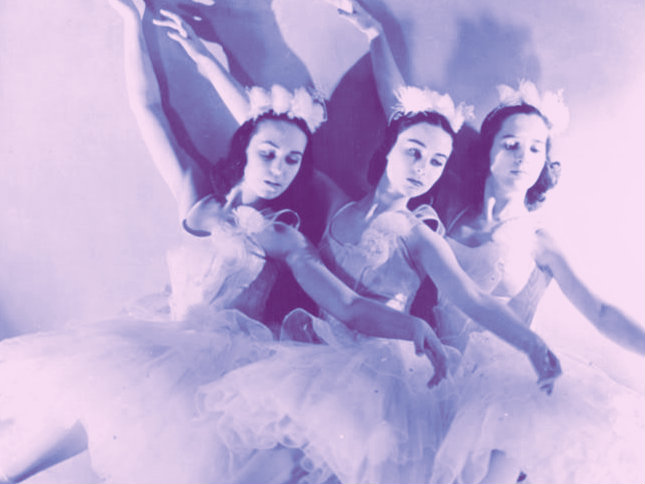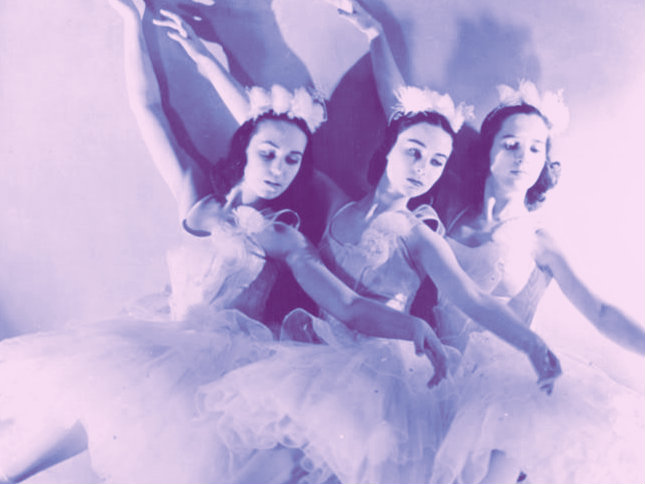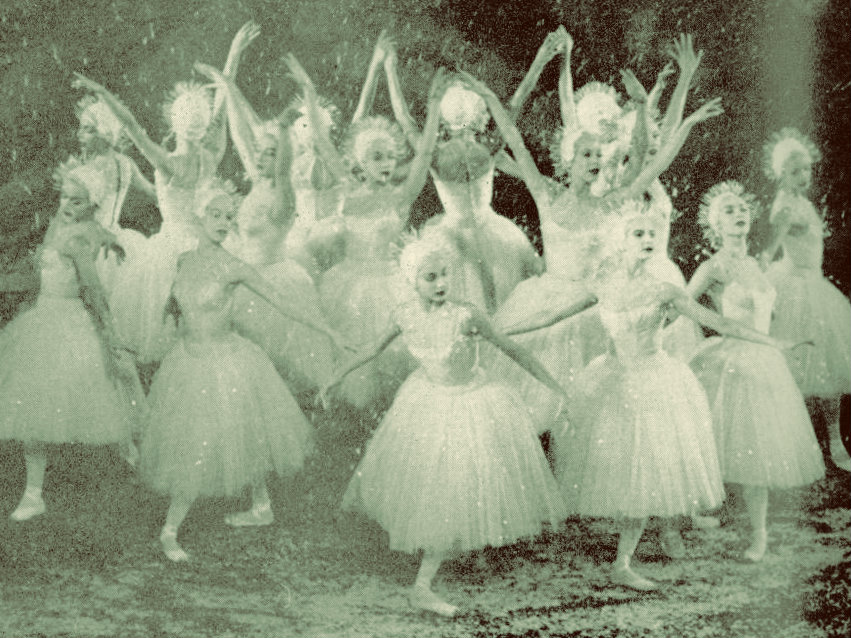

It’s a perennial holiday favorite but it took a long time to grow into a classic. The United States was the perfect place for that to happen.
It went from obscurity to a major hit over 60 years.
It was coolly received in St. Petersburg, and definitely not a hit at its premiere. It wasn’t until it was produced in the United States in the 1940s that it became more than a little-known and neglected Tchaikovsky ballet. George Balanchine’s production with the New York City Ballet in 1954 made it a national phenomenon.

America was fertile cultural soil in the 1940s and '50s for this kind of fairy-tale that has more than just a moral. It’s a fantasy story about hope, inspiration, the triumph of good over evil, and the coming-of-age of young love. As with all successful fairy tales, there is something that appeals to us at any age.
Excerpts from the ballet in the 1940 Disney film “Fantasia” contributed to its popularity. And the adaptability of the story allowed early choreographers to set a production in the town where it was being produced, which also increased its appeal.
While many people have seen “The Nutcracker” performed, it also continues its growth in part because generations of people have participated in productions of the Nutcracker. About half of all worldwide productions this year of "The Nutcracker" will be in the United States.
Dig a little deeper and “The Nutcracker” is even more special.
Its timeless appeal lies in the genius of Tchaikovsky’s masterful music that not only carries a story but also fills our hearts with the joy of childhood, the warmth of friendship, and the elation of seeing the underdog come out on top.
Beyond that, The Nutcracker is indispensable to the ballet world, and not just financially. It has become the training ground for all potential dancers, since there are male and female roles for every age. Indeed, nearly every ballet career in America began in the form of a mouse or sugar-plum fairy.
According to Jennifer Fisher, author of “Nutcracker Nation: How an Old World Ballet Became a Christmas Tradition in the New World,” "The Nutcracker" is one of the first truly “color-blind” productions. Since it is a fantasy, audiences have always been open to watching a racially diverse cast work together, she writes.








